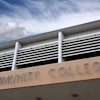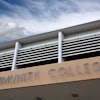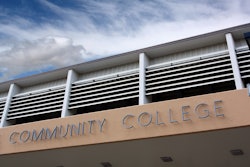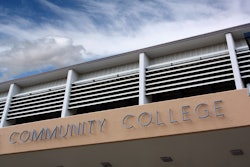Massachusetts has begun a community college funding effort that ties a significant share of a school’s budget to that institution’s progress in boosting graduation rates, ultimately helping meet state workforce needs.
With the state’s 15 colleges collectively receiving an additional $20 million this fiscal year over last year’s $208 million allocation, the shift to performance funding is expected to take a couple of years before it is fully implemented. The move, nonetheless, places Massachusetts in a cohort of fewer than a dozen states that, in recent years, have opted for performance funding to stimulate innovation and improve higher education outcomes.
“It’s part of a national story both because of the overall increased investment in public higher education that we are seeing this year in Massachusetts and because of the specific interest in the performance funding formula itself,” said Katy Abel, the Massachusetts Department of Higher Education associate commissioner for external affairs.
Public colleges in Massachusetts are getting an impressive 16-percent jump in state appropriations for the 2014 fiscal year over what they received in fiscal year 2013. Besides Massachusetts, several other states are seeing new public higher education investments this summer, which has been a reversal of declining state appropriations since the start of the 2008 recession.
“We are not unique in going to a performance funding model,” noted Abel, “But it is a major commitment that the state is making and you see that in the way the formula was structured.”
Abel explained that the formula calls for 50 percent of individual campus funding to be a “base appropriation,” accounting for student credit hours completed. The other 50 percent will be performance-based and will utilize a weighted formula that rewards campuses for improving their graduation rates, with emphasis placed on graduation rates of Pell-eligible students.















